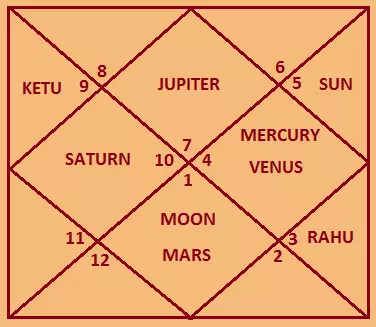Shukla Paksh in Astrology or Jyotish

Best Astrologer in India: - Dr.A.S.Kalra


Shukla Paksha in Indian Hindu Calendar
Shukla Paksha is the bright fortnight of the lunar month in the Indian Hindu Calendar. It begins on the day of Amavasya (New Moon) and ends on Purnima (Full Moon), during which the Moon gradually increases in size and brightness each night. This phase symbolizes growth, positivity, and increasing energy in Vedic astrology and Hindu traditions.
Meaning and Etymology
The term "Shukla" means "bright" or "white" in Sanskrit, and "Paksha" refers to a "fortnight" or "phase." Thus, Shukla Paksha literally translates to "bright fortnight."
Tithis in Shukla Paksha
Shukla Paksha consists of 15 Tithis (lunar days), each with its own significance:
- Pratipada
- Dvitiya
- Tritiya
- Chaturthi
- Panchami
- Shashti
- Saptami
- Ashtami
- Navami
- Dashami
- Ekadashi
- Dwadashi
- Trayodashi
- Chaturdashi
- Purnima (Full Moon)
Religious and Astrological Importance
Shukla Paksha is considered auspicious for starting new ventures, performing religious rituals, and conducting ceremonies. Many significant festivals are observed during this phase:
- Navratri (Chaitra and Ashwin Shukla Paksha)
- Guru Purnima on Ashadha Purnima
- Rama Navami on Chaitra Shukla Navami
- Hanuman Jayanti on Chaitra Shukla Purnima
Shukla Paksha in Vedic Astrology
In Vedic astrology, births during Shukla Paksha are believed to endow individuals with optimism, enthusiasm, charisma, and growth-oriented nature. Muhurta or auspicious timing is often selected within Shukla Paksha for important life events like marriage, travel, and property purchase.
Conclusion
Shukla Paksha represents light, expansion, and the ascending cycle of lunar energy. Its understanding is essential in the Indian Hindu calendar system and Vedic astrology practices to align one’s actions with cosmic rhythms.
